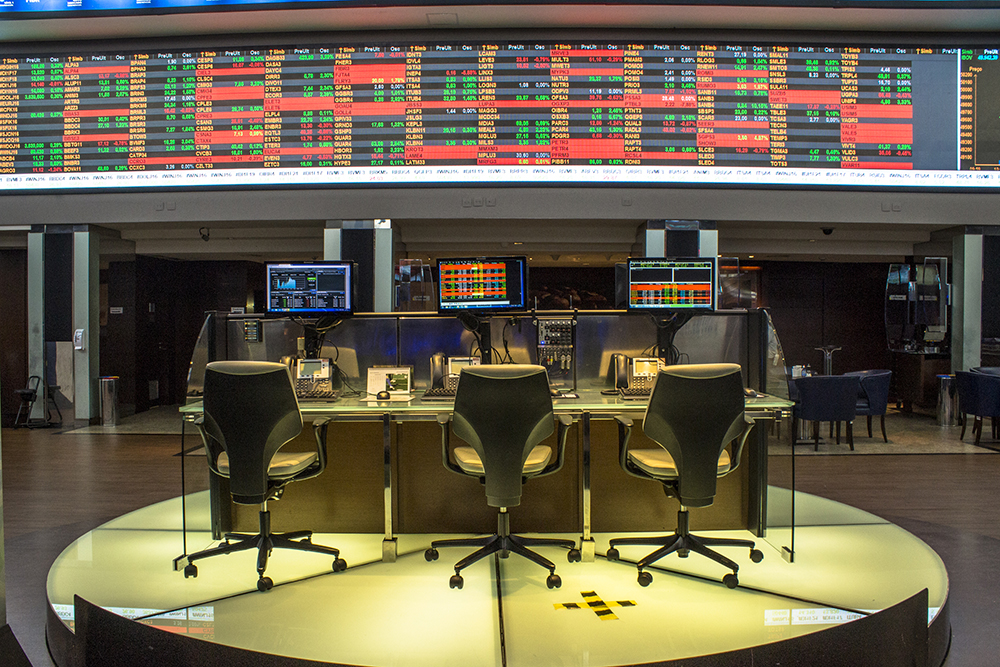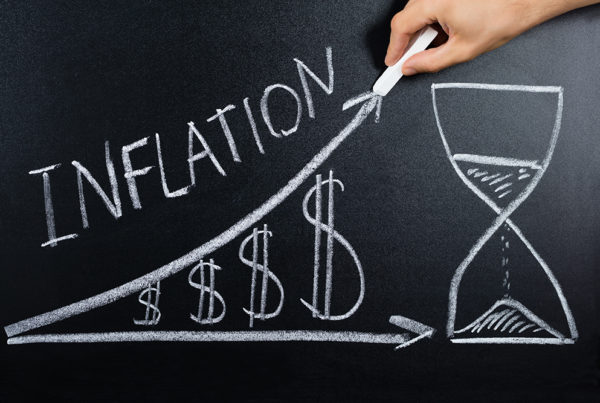No matter how much you research a company before deciding whether to buy shares, you won’t be as knowledgeable about its prospects as a company officer or other “insider.”
That’s why it pays to keep tabs on the trading activities of corporate directors, employees and other insiders after their company transactions are made public, as required by law.
Forbes recently cited research showing that portfolios consisting of buy transactions created on a rolling 12-month basis outperformed the market by more than 7% a year over a decade. Just as intriguing, the study found that two-thirds of those extra returns materialized a month after the original transaction. That means individual investors like you and me don’t have to stay glued to our computer screens ready to pounce in order to stand a chance at benefitting from the information.
So what are we waiting for?
— Bob Bogda, Editor
P.S. Like what you see? Don’t like what you see? Let me know.

After spending my early career at Wall Street firms, I shifted over to a fast-growing publication called Individual Investor where I served as Director of Research. Our widely read magazine and popular investing website was run by the industry’s top financial researchers and journalists.
We had a disciplined approach, following several investing strategies — niches such as focusing on the best-run fastest-growing companies, value stocks, small and micro-cap stocks, and my personal favorite, insider buying.
I soon learned that with the proper guidelines in place, investors could rack up solid gains by buying stocks that were being snapped up by company officers and directors. It’s a winning strategy I have been following to this day.
But you shouldn’t hop on any stock just because you’ve seen insiders buy. A true “buy signal” only comes when several criteria are met. First, the buying must be substantial. Insider purchases of just $5,000 or $10,000 are just window dressing. And the purchases must be actual traded shares on the open market. Sometimes when executives merely exercise their low-cost stock options and hold onto them, it is classified as insider buying. But I have found that such moves don’t signal the chance for outsized gains.
Last, I tend to ignore moves by “beneficial owners,” which are typically investment firms that own 5% or more of a company. They must file their moves as “insiders” but lack the deep insights that only a company officer or director has.
To help give a sense of ideal clusters of insider buying, I have found a pair of stocks that bring home the points made here.
Golub Capital (GBDC)
Golub is a business development company (BDC) that makes loans to small and mid-sized businesses, generating impressive profit spreads as its own borrowing costs are well below the rates it charges to clients. The loans are typically only short-term, an area called “late-stage lending” that, for example, can help a real estate developer finish a subdivision.
Golub Capital’s shares had been cruising along at around $18 for several years but fell sharply this spring to below $14 as investors grew concerned that the pandemic might lead the firm’s clients to default on their loans.
To guard against bad loans, Golub Capital posted a large “loan loss reserve” this past spring, an accounting move that carves out any loans from the balance sheet that may not get repaid. As it turned out, almost all of those loans performed just fine throughout the subsequent months. That led management to sharply reduce the number of loans that were in the penalty box. It’s a move that should have given a boost to shares, but they remain stuck at lower levels. “Borrowers performed better than expected, especially those in COVID-impacted sub-sectors,” said CEO David Golub on a call with investors in August.
While shares of this lender are in the penalty box, they trade slightly below book value and sport a dividend yield in excess of 8.0%. And those kinds of values have been too tempting for insiders to ignore. CEO Golub, along with Chairman Lawrence Golub, have been steadily buying shares with their own cash since mid-August. On a combined basis, they bought more than $15 million in company stock in August. And this past month, they bought more than $10 million in additional stock.
While I see shares rebounding to $18 as the pandemic concerns recede, I think the real opportunity here is that 8+% dividend yield.
Action to Take: Buy shares of Golub Capital up to $15 and sell when they reach $18.
SPONSORSHIP
Up to 100,000 companies now using “6G”?
Jeff Brown has made some incredible revelations before…
The angel investor predicted the top tech stock on the S&P 500 in three of the last four years…
He unveiled the key piece inside Apple’s new iPhone – on stage in New Haven, CT – months before the phone has even hit the market.
In this video, I’m going to give you the name of this company for free – including the stock symbol.
Carparts.com (PRTS)
Insiders don’t step in only when shares are trading near their 52-week lows. Alfredo Gomez, vice president at the online purveyor of auto parts, bought shares at $8 on June 10, even after they had surged from around $2 in the prior six months. (Carparts.com sells mirrors, engines, headlights, brakes, interior and exterior accessories, tools, wheels, bumpers, and other parts).
At the time, it looked like a wise move as shares surged to almost $14 by mid-August. They’ve since fallen back to around $10.50, which drew the support of other insiders. Four different insiders have been steadily buying shares over the past six weeks, committing around $220,000 (collectively) of their own personal funds in that time.
Carparts.com is benefiting from the ongoing shift toward e-commerce. Its sales are poised to grow around 34% this year to around $380 million.
CEO Lev Peker points to more growth ahead: “Overall e-commerce penetration for total U.S. retail sales reached 28% for Q2 while auto parts remains in the mid-single digits. We believe that the industry will continue to experience the shift to online and we are well-positioned to take advantage of this new demand over the long term,” he noted in a company release August 10.
Action to Take: Follow the lead of insiders here and buy shares of CarParts.com up to $14 and sell when they reach $20.
If you’re interested in looking for other companies with meaningful recent insider buying, consider Enterprise Product partners (EPD), OFG Bancorp (OFG), Vistra Corp. (VST), and At Home Group (HOME).
And aside from the U.S. Securities and Exchange Commission, two good sources of insider trading information are insiderinsights.com and insidermonkey.com.
SPONSORSHIP
Decade’s Best-Performing Asset About To Boom Again
Since 2010, this asset has clobbered gold by a jaw-dropping 67,000%, beaten the DOW by a whopping 33,582%, and crushed the S&P 500 by a staggering 31,914%. Now two events are converging and about to send it off the charts. Investors who get in now could set themselves up for rich rewards.










